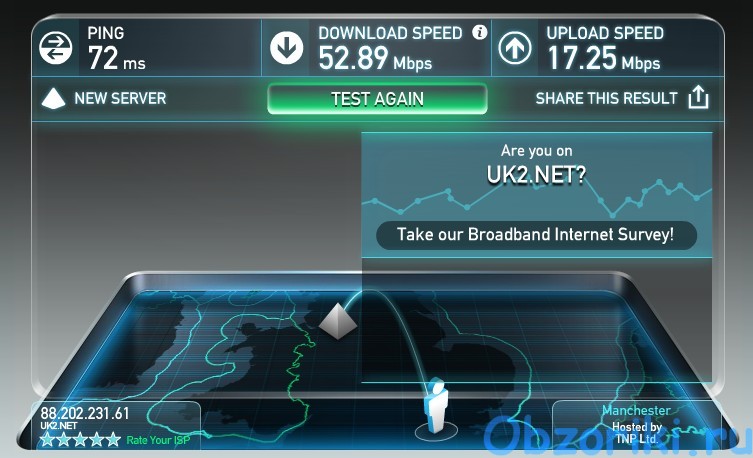

That’s what VPN enables, that’s what it basically is. And imagine having a remote computer, say in London, that you wish to connect with the other computers as if it were there, within the LAN. Now imagine having a local network (LAN) with several computers – either at a company, or at home. If the network you are using has several devices, then you either have a switch, or the router also works as a switch – allowing several devices to use one router, one Internet connection. If your smartphone is connected to a mobile GSM network (like 3G, 4G, or 5G), then you are connected to your mobile service provider’s router, “patching” you through to the Internet. This enables it to connect to the Internet, from what is basically your device’s local network (LAN – Local Area Network). If you are reading this, your computer, or smartphone, is probably connected to a router.

Here I’ll give a short, oversimplified explanation (when I find the time, I’ll write a separate post on VPNs, where I’ll explain the different types).įirst let me explain the basics of networks, very briefly: VPN is an acronym for a Virtual Private Network. Installing Windscribe Linux client properly Installing Windscribe Linux client with OpenVPNģ.2. Installing and configuring Windscribe clientģ.1.For more details, see: why do I publish this stuff?Ģ.5. This article is not sponsored by Windscribe, nor any other company (I wish it were! 🙂 ). I’ll start by explaining VPN services in general, then move on to talking about Windscribe. Sort of a review, but basically my own reminder. This article is about my experience with Windscribe VPN service (referral link to their website).


 0 kommentar(er)
0 kommentar(er)
